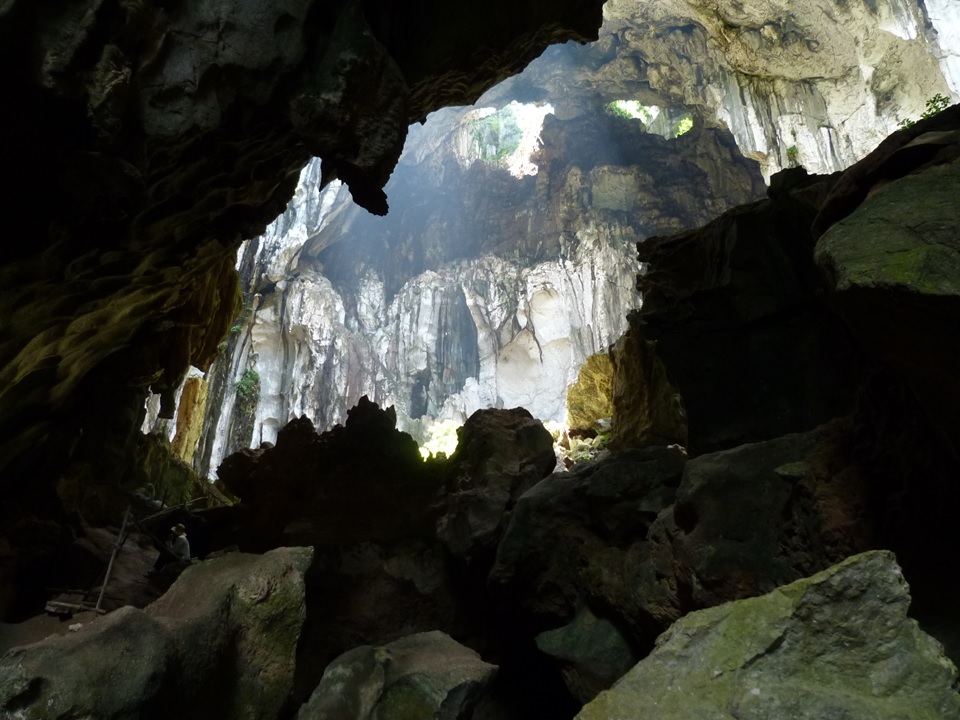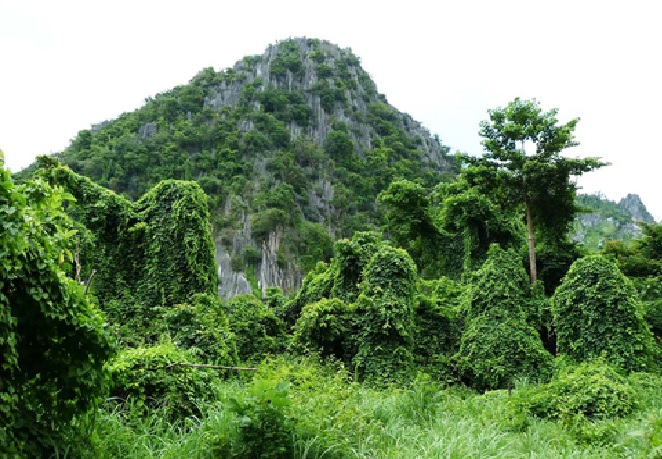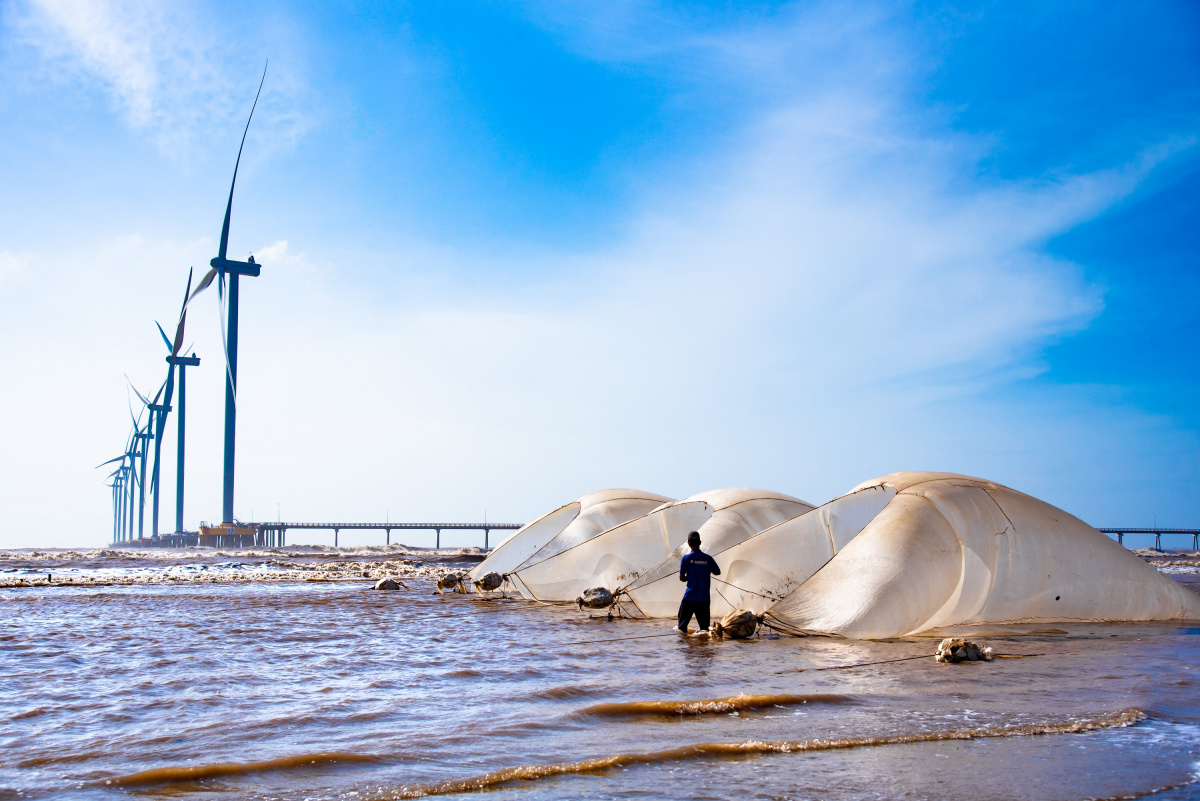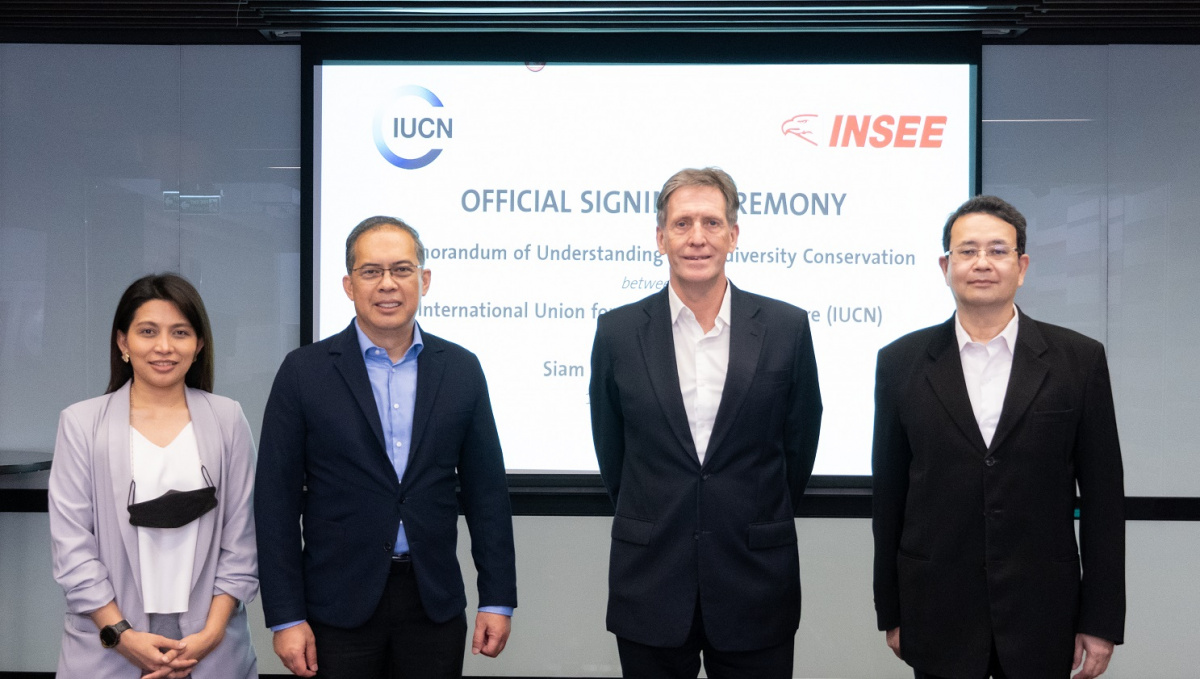Phnom La’Ang - the jewel in the crown of the Mekong Delta Limestones
The karst hills of Kampot Province in Cambodia and neighboring Kien Giang Province in Viet Nam, which together form the Mekong Delta Limestones (MDL), are home to possibly the largest concentration of endemic invertebrate species yet recorded. Most of the hills in Kien Giang are being quarried for cement production, but large-scale quarrying in Kampot is a relatively recent phenomenon and there are opportunities to save many species from extinction.
With funding from the Rainforest Trust, IUCN is cooperating with Cambodia’s Ministry of Environment (MOE) to establish a karst protected landscape in Kampot Province. The proposed new protected area includes Phnom La’Ang, which is by far the largest and most intact karst hill - the biodiversity “jewel in the crown.” A summary of its importance is attached.
IUCN and MOE have organised two plant and invertebrate surveys of Phnom La’Ang led by Dr. Jaap Vermeulen, a renowned karst specialist with extensive experience in the MDL. Part of Phnom La’Ang is under concession. IUCN has recommended that all of the hill be protected and that quarrying be moved to hills of lower conservation value. MOE is currently considering the recommendation.
Cambodia needs cement but has the opportunity to meet its essential development needs at lowest environmental cost. The legal protection of Phnom La’Ang would be a conservation outcome of global significance and a huge credit to the Royal Government of Cambodia in general and to MOE in particular.
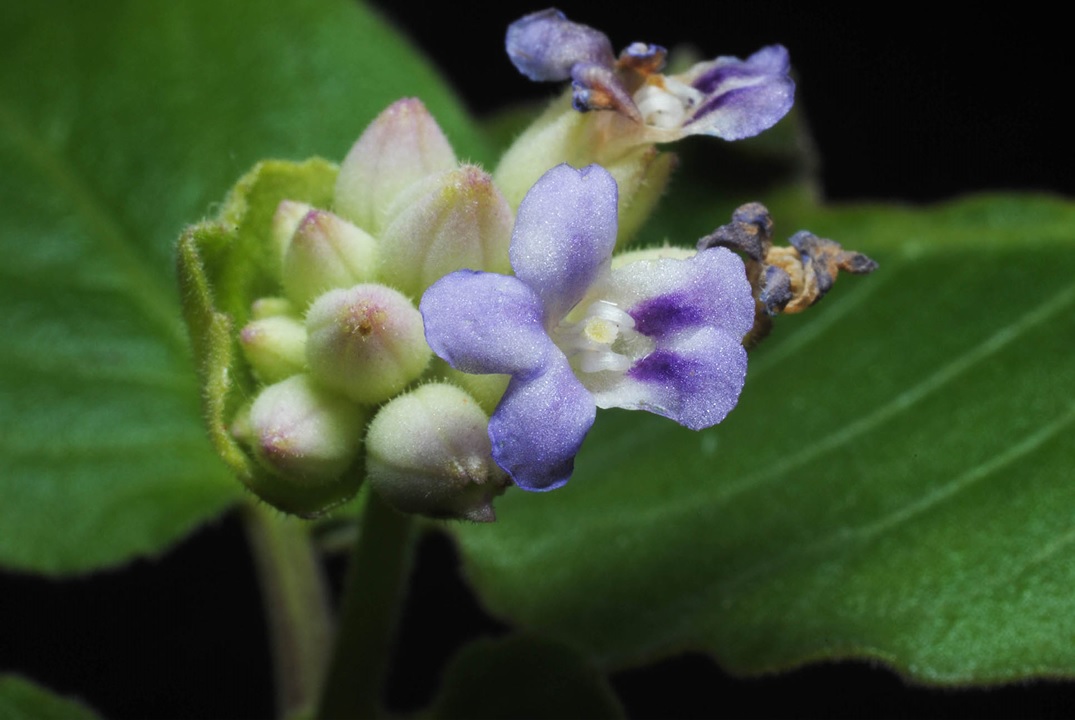 Photo: A plant in Phnom La'Ang © Jaap Jan Vermeulen
Photo: A plant in Phnom La'Ang © Jaap Jan Vermeulen
